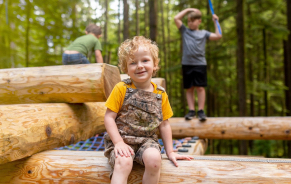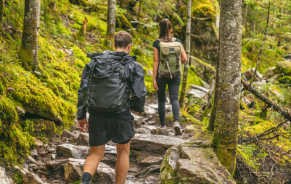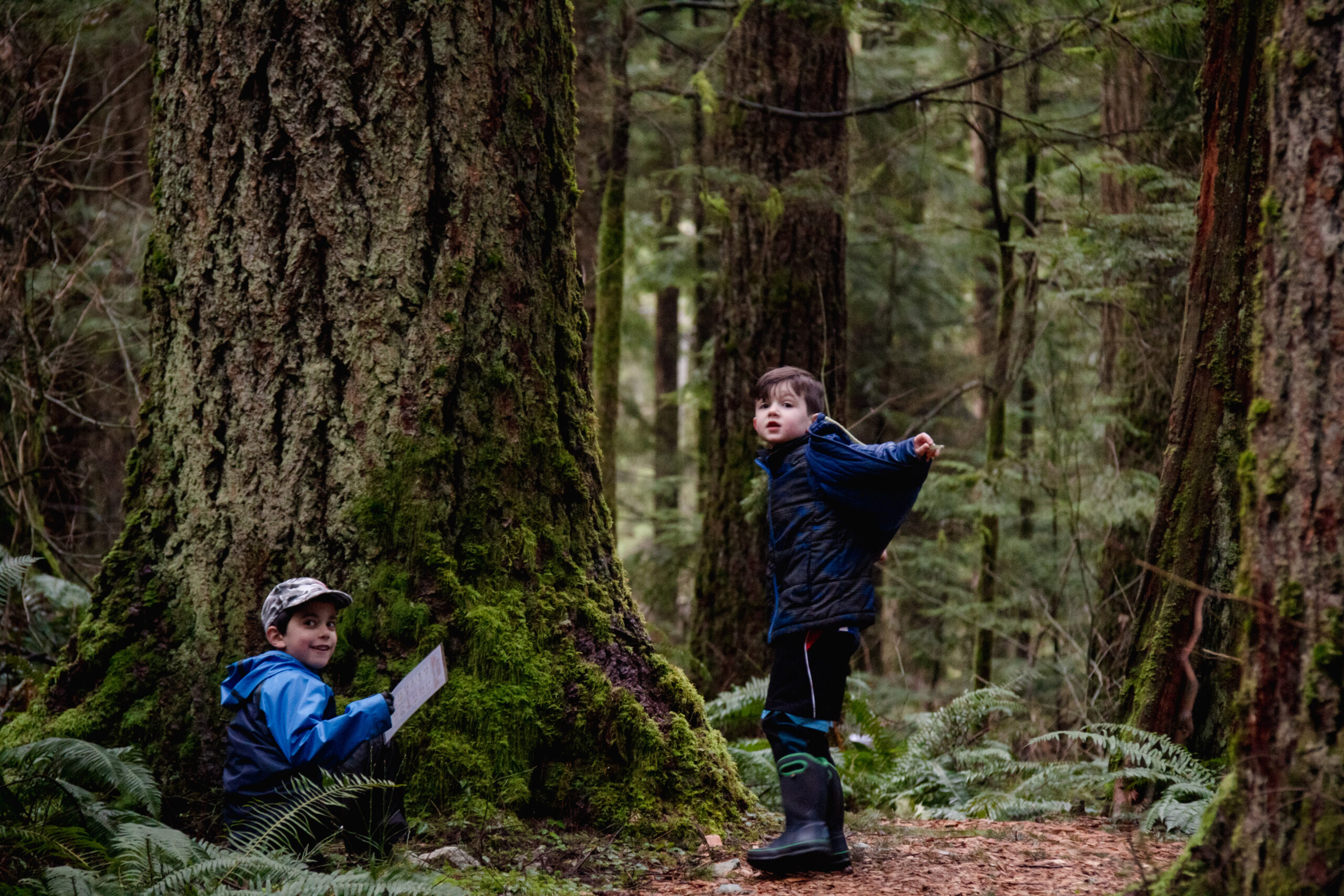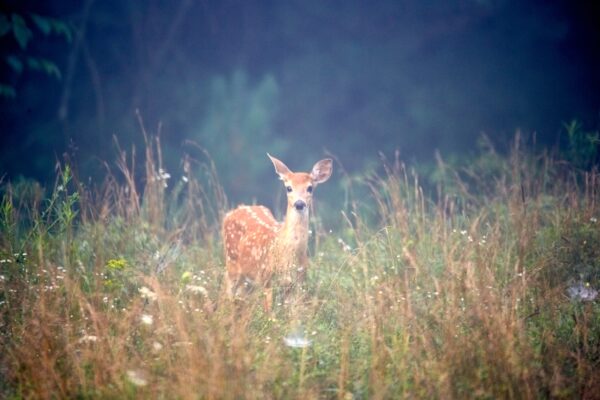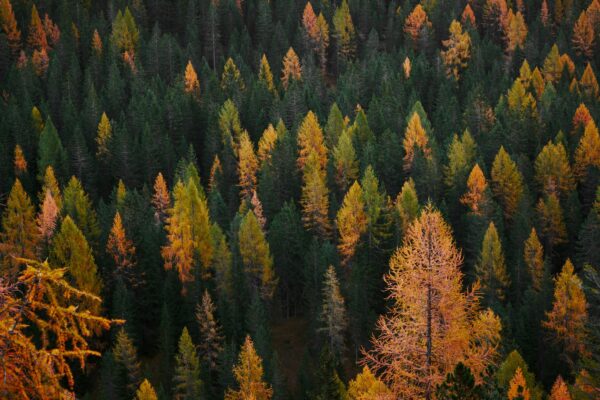We’re very lucky to live in the Lower Mainland – British Columbia boasts some of the most spectacular old-growth forest areas on Earth. These ancient giants, towering hundreds of feet tall and standing for centuries, represent a vital component of the province’s ecological fabric. However, the debate surrounding old-growth logging and its impact on BC’s environment continues to spark heated discussions. Let’s delve into the science behind old-growth forests, the challenges of deforestation, and the ongoing efforts towards conservation.
Natural Disturbances vs. Deforestation: What’s the Difference?
Forests are not static entities – they’re dynamic ecosystems shaped by natural and human processes. But what’s the difference between a forest fire and clearcutting a whole area for development? Natural disturbances are nature’s way of shaking things up in the forest. Think wildfires, insect outbreaks, or even strong winds that can take down trees and change the face of the forest. These events cause damage, but they’re also a normal part of a healthy forest ecosystem’s ebb and flow. They create openings in the tree canopy, allowing sunlight to reach the forest floor and fostering new growth, and downed trees can act as nurse logs for the next generation.
Deforestation, on the other hand, is the permanent removal of trees for human use and doesn’t always lead to replacements with newly planted trees. This can involve large-scale logging operations or clearing land for development. Unlike natural disturbances, deforestation disrupts the delicate balance of the forest and can have long-lasting negative impacts on local plant and animal life.
Why Old-Growth Forests Matter for Biodiversity
Old-growth forests offer a unique biodiversity haven. These ancient ecosystems contain a complex web of life, harbouring a greater variety of species compared to younger forests. These ecosystems provide:
- Homesteads for Wildlife: Think of old-growth trees like giant apartment buildings. They offer space for nesting birds, mammals, and insects. Squirrels scamper through the branches, owls find shelter in the hollows, and countless other creatures call these ancient giants home.
- A Smorgasbord for All: The diverse plant life in old-growth forests creates a delicious buffet for herbivores. From leaves and berries to insects and fungi, there’s something for everyone. Predators like foxes and wolves then benefit from this abundant food source, keeping the ecosystem in balance.
- Microclimate Marvels: The intricate structure of old-growth forests creates mini-climates within the larger ecosystem. Dense foliage provides shade and cooler temperatures for some creatures, while sun-dappled clearings offer warmth for others. This variety allows a wider range of plants and animals to thrive.
The loss of old-growth forests disrupts these intricate relationships, potentially leading to population declines of dependent species and a decline in overall biodiversity.
Further Impact of Old-Growth Forest Logging
Unlike younger stands, old-growth forests offer distinct habitats, architecture, and biological connections. Old-growth forests are made up of large old trees, diverse species composition, and complex ecosystem layers. They provide critical habitat for various species and play a vital role in maintaining healthy watersheds, regulating water flows, and mitigating climate change by storing vast amounts of carbon.
Deforestation and old-growth logging, however, can disrupt these complex ecosystems. It removes large trees that provide crucial nesting sites for birds, eliminates habitat for old-growth dependent species, and can fragment remaining old-growth stands, further isolating populations. It takes at least two to three human lifespans (140 to 250 years) for an old-growth forest to regenerate, and it takes at least three times as long for an ancient forest to form.
On the human impact side, old-growth forests have a strong significance for the First Nations people as well as the general public. These forests hold a strong spiritual, artistic and cultural importance for many as well as economic interests such as eco-tourism.
Conservation Initiatives and the Role of the BC Government
The British Columbia government has implemented various initiatives to protect old-growth forests. These include:
Land Use Objectives: Imagine a map of the province divided into sections, each with a specific purpose. Land Use Objectives involve designating certain areas as priorities for conservation, ensuring these old-growth forests are off-limits to logging.
Old-Growth Management Areas: These are designated regions within provincial forests where logging is restricted or prohibited entirely. Think of them as sanctuaries specifically for old-growth trees and the rich biodiversity they support.
Sustainable Forest Management Practices: This involves harvesting trees in designated areas using methods that minimize environmental impact. Imagine selective logging that targets specific trees while leaving the rest of the old-growth ecosystem intact.
Concerns remain about the effectiveness of these initiatives, particularly with reports of continued logging in critical old-growth areas. The role of citizen engagement and advocacy groups in pushing for stronger conservation measures remains crucial. You can learn more by visiting those that are helping to protect and lobby on behalf of old-growth forests, such as the Wilderness Committee, the Ancient Forest Alliance, and the David Suzuki Foundation.
When is Deforestation Okay? A Balancing Act
Deforestation gets a bad rap, and for good reason. Losing vast swaths of trees has a significant impact on the environment. But what about situations where some tree removal is necessary? Here’s where things get a bit more nuanced.
Imagine a forest ravaged by a wildfire. Dead and diseased trees pose a fire hazard and can hinder the growth of healthy ones. In such cases, carefully planned salvage logging can be beneficial. This involves removing these compromised trees to prevent further damage and allow the forest to regenerate naturally. It’s like clearing debris to make way for a healthy garden to flourish again.
Forest restoration efforts sometimes involve deforestation as well. Think about removing invasive species that threaten native plants or clearing areas damaged by natural disasters or bug infestations that threaten further harm. This might seem counterintuitive, but the goal is to create space for the return of the original, healthy ecosystem. It’s like carefully weeding a garden bed to make room for the desired flowers and vegetables.
Sustainable forestry practices can also involve a degree of deforestation. Here, trees are harvested from designated areas, but with a crucial twist: only a specific number of trees are removed, and the focus is on minimizing environmental impact. Think of it as taking what you need while ensuring enough trees remain healthy for the forest to thrive. Additionally, these harvested trees are often replaced with new seedlings, promoting long-term sustainability.
The key takeaway? Deforestation isn’t inherently bad. The context and the approach matter significantly. When done responsibly and with a focus on long-term environmental health, some tree removal can be a necessary part of maintaining healthy forests and even promoting their regeneration.
The Importance of Wild & Immersive Programs in Environmental Stewardship
Have you ever wondered how to get more connected with nature and develop a deeper appreciation for the environment beyond going out into the woods yourself? That’s where Wild & Immersive comes in. Our programs offer exciting opportunities to explore the outdoors, learn about local ecosystems, and get involved in conservation efforts.
Through our Forest School, children as young as 3 years old can spend a day in the forest with experienced instructors, learning about the unique plants and animals that call these old-growth ecosystems home. By understanding the intricate web of life in these forests, kids gain a deeper appreciation for their importance and the threats they face. These immersive experiences create a lasting connection to the natural world, inspiring a desire to protect it for years to come.
For adults, we offer special programming to help foster or rekindle a love and connection to nature. By getting involved in hands-on activities, participants become active stewards of the environment, taking ownership of its well-being.
So, the next time you’re looking for a way to connect with nature and make a positive impact, consider joining a Wild & Immersive program. These experiences can spark a lifelong passion for environmental stewardship, inspiring you to become a champion for the natural world.
Natural Treasures
British Columbia’s old-growth forests are a natural treasure with immense ecological and cultural significance. Finding a sustainable balance between resource extraction and environmental protection is vital. Through continued scientific research, responsible forestry practices, effective conservation efforts, and public engagement, we can all help ensure these ancient giants continue to stand tall for generations to come.
